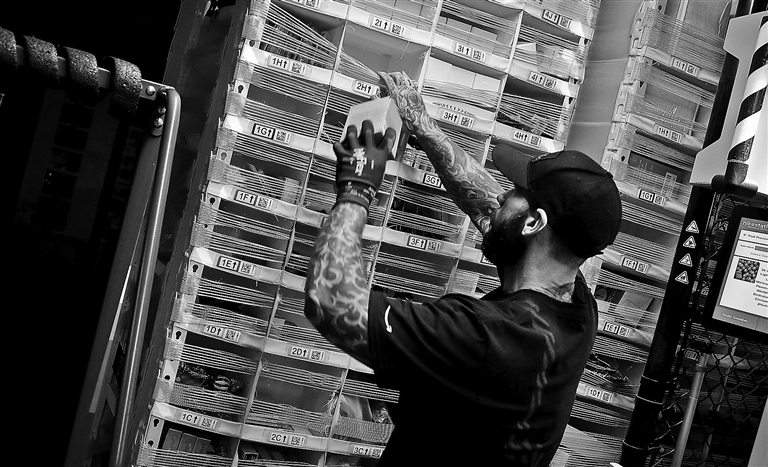
U.S. Federal Reserve policymakers look likely to accelerate the winddown of their bond-buying program when they meet later this month as they respond to a tightening labor market and move to open the door to earlier rate hikes than they had projected. U.S. employers added 210,000 jobs last month, a U.S. Labor Department report showed Friday, less than half of what economists had expected. But average hourly earnings over the past 12 months rose 4.8 percent, the unemployment rate dropped to 4.2 percent, and the workforce grew by the most in 13 months. Analysts said they believe the moderate job gains understate labor market strength and that they would likely be revised upward. St. Louis Fed President James Bullard took the moment to intensify his call for faster action by the Fed’s policy-setting panel, and said that rapidly strengthening economic data was making more of his colleagues comfortable with the idea of speeding up the bond-buying taper and laying the groundwork for a liftoff from zero rates. In September a slight majority of the Fed’s 18 policymakers thought a rate hike would not be warranted until at least 2023. “The danger now is that we get too much inflation. ... It’s time for the Fed to react at upcoming meetings,” Bullard said, arguing that the Fed should finish its bond program by March, and reiterating his view the Fed should raise rates at least twice next year. “The inflation numbers are high enough that I think ending the taper by March would really help us to create the optionality to do more if we had to, if inflation doesn’t dissipate as expected in the next couple of months,” he told reporters. The Fed has kept interest rates near zero since March 2020. In November it began reducing its YS$120 billion in bond purchases each month on a pace that would end them entirely by June 2022. But, with inflation running at more than twice the Fed’s 2 percent target and risks rising that it won’t recede next year. (SD-Agencies) | 
